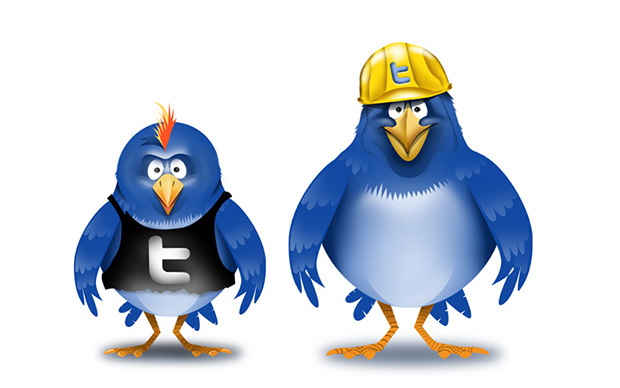Reading is the cornerstone of almost every piece of communication we undertake — that’s part of why it’s so legitimately essential — but no one, at the same time, seems to ever actually read anything. (Consider the above embedded video.)
One extension of this in the modern age has been the idea of sharing something — i.e. to a social network — before you’ve actually read it. Raise your hand if you’ve done this. (Raises hand.) If you do it in moderation, it’s fine. But if you’re out there doing it all the time, it can be a bit dicey — because then you’re just cluttering different social feeds with junk of lesser value.
Here’s a new study on BuzzFeed and Facebook sharing. It’s part of BuzzFeed launching a new “data blog” this week and all that good stuff. To wit:
BuzzFeed’s data team recently analyzed the correlation between sharing on Facebookand reading on its website in August. What it found, which it will publish on a new team blog launching this week, showed that on average people who shared spent 68% more time on a page than people who did not. The longer a reader spent on a story, the more likely he or she was to share it on Facebook.
That seems to indicate people do read, then share. In fact, BuzzFeed has social share buttons all over their articles — sharing is basically why they exist — but oftentimes, people scroll back to the top and use those buttons, as opposed to the ones at the bottom (where they would be looking when they finished an article). You’d assume people scroll back up because most sites have the share buttons at the top (damn my website!), so this data all seems to align. People read, then they share. That’s the right way!
Here’s the problem: this data is just about BuzzFeed and shares to Facebook. It says nothing about, say, Time Magazine and shares to Twitter. So we can’t broadly extrapolate.
Previous studies like this have looked more at tweets:
Chartbeat’s lead data scientist Josh Schwartz later clarified to The Verge that Haile was talking specifically about tweets, although the expectation is that Facebook shares would reflect the same pattern. While greater social media shares clearly increase the amount of traffic to an article, that doesn’t necessarily mean that more people will actually read it.
“There is obviously a correlation between number of tweets and total volume of traffic that goes to an article,” he says. “But just not a relationship between stories that are most heavily consumed and stories that are most heavily tweeted.”
I wouldn’t necessarily think the pattern of FB shares would be the same as Twitter shares, but that’s neither here nor there.
Here’s some more data on this — again originating with Chartbeat — via Slate, and this contains a few graphs as well. Basically, no one reads articles past the 50th-percentile mark. I guess it’s time for me to wrap this thing up, then.
Remember the ol’ “If you see something, say something?” Seems like it became “If you see something, tweet something.” That does clutter feeds and make social less of an organic process, yep. We’re all guilty of this, those — so let’s not point fingers. Let’s just share some stuff we think might be cool — you know, had we actually read it.

You can see link sharing as a form of collecting topics for later reading as an info bundle. The real value of sharing is that it bookmarks what you find. Skimming and then reading later – pocket and evernote facilitate this. It is mobile reading for a reason. Good headlines help you cut through the clutter and see themes and patterns.
Although I agree there is a social performance aspect in telling communities that you read articles like ‘this’.
I do agree that the headline has probably become more important than ever in the modern context.